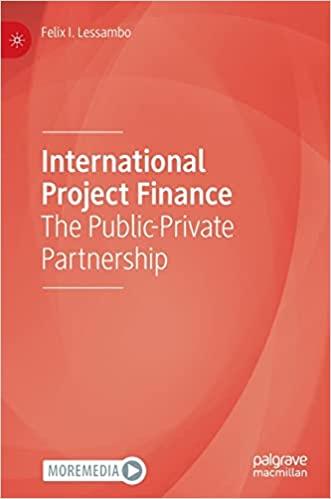Question
Josh Lemer sa young MBA graduate student and his initial wealth is zero (i.e., weath w =0. He has an exponential utility function that can
Josh Lemer sa young MBA graduate student and his initial wealth is zero (i.e., weath w =0. He has an exponential utility function that can be
expressed as: u(w) = exp(-lambda w), with lambda =0.01.
The fact that wealth equal zero is immaterial with this utility function. In paricular, do not worry about terminal wealth being less than zero; all formulas still work)
Josh must decide whether to buy an asset for a price of P = $100. In a
month's time, the asset wil be worth $120, $110, or $90, each with probability 1/3. That is, the value the asset in a month is represented by
the random variable X = (120; 1/3;110;13:90: 1/3). Josh can also buy a
research report that will reveal with certainty whether the asset is worth $90, but will not provide any further information otherwise. Formally, the research report is a signal S that takes two values, b for "bad" and g for
"good" with Prob(S = b I X = $90) = 1 and Prob (S = g I X
*($110 or 120)) = 1. The research report is avaliable at a price of n
Question: the research reports costs nothing (i.e., r = 0), and the report
signals "good" (S=g), how much is the "expected profit" that Josh will make in one month?
A) 10.0
B) 12.5
C) 15.0
D)17.5
Continued from the previous question, which of the following is closest to the "fair" price of the research report for Josh? In other words, what is the price that Josh should pay for the research report that makes his expected utility indifferent between buying vs. not buying this research report?
A)3.06
B)4.25
C)2.41
D)3.79
Step by Step Solution
There are 3 Steps involved in it
Step: 1

Get Instant Access to Expert-Tailored Solutions
See step-by-step solutions with expert insights and AI powered tools for academic success
Step: 2

Step: 3

Ace Your Homework with AI
Get the answers you need in no time with our AI-driven, step-by-step assistance
Get Started


